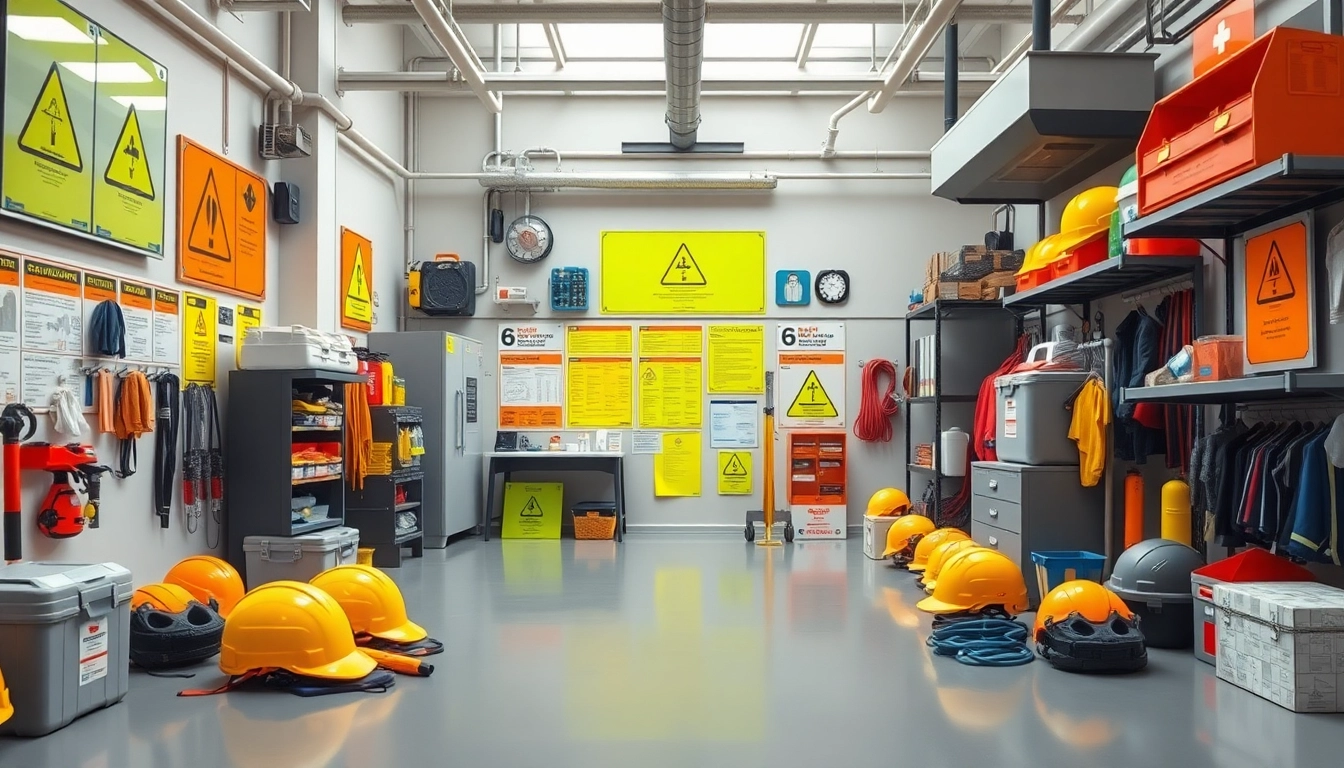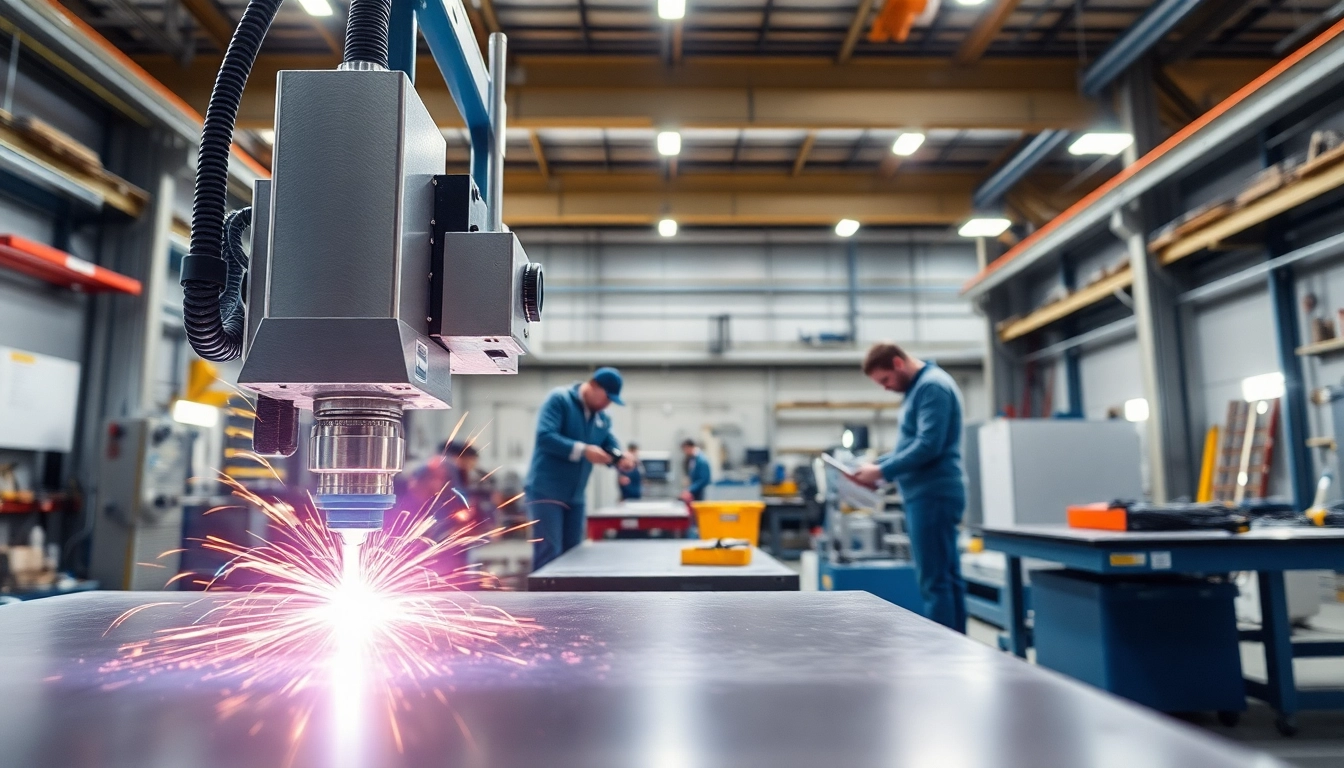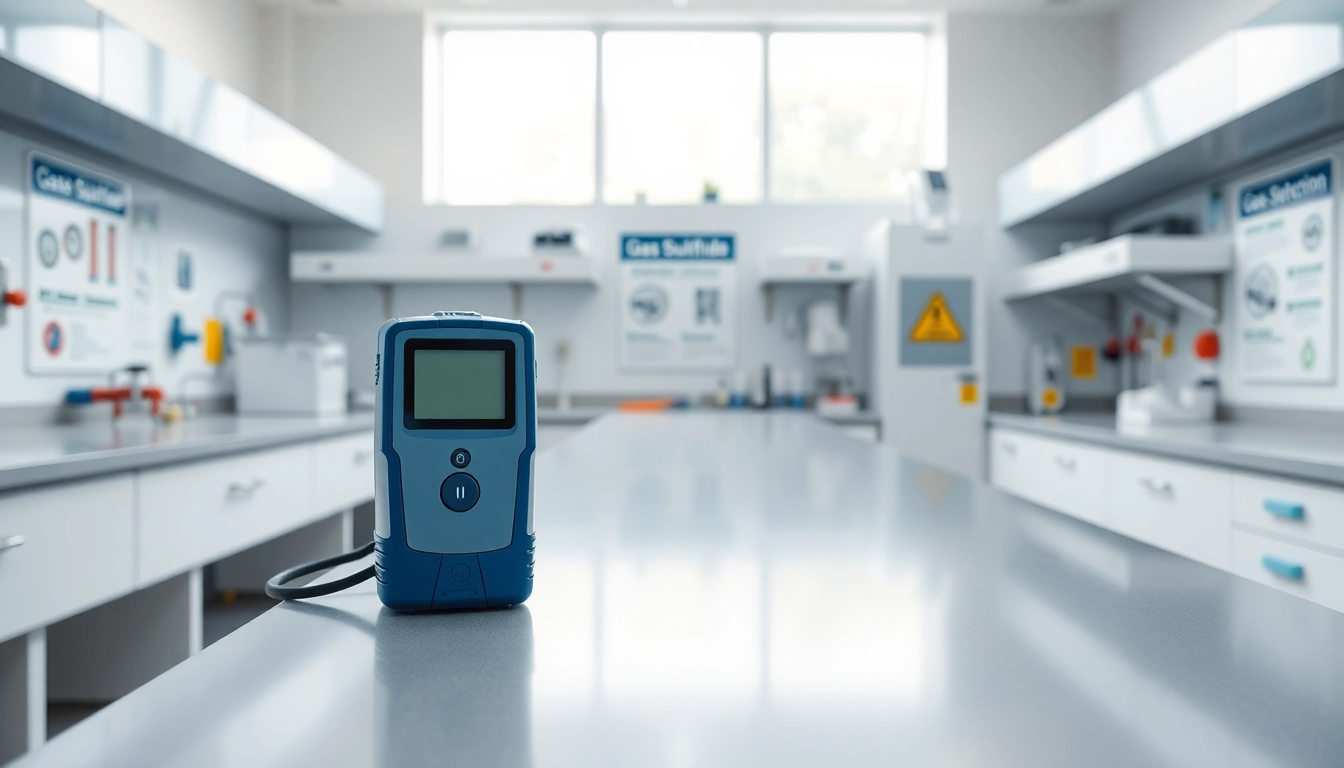Understanding Industrial Safety Solutions
In today’s fast-paced industrial landscape, ensuring safety in the workplace is paramount. Industrial Safety Solutions play a crucial role in safeguarding employees, assets, and operational continuity. This article delves into the definition, importance, key components, and future trends of industrial safety solutions, along with practical implementations that can foster a safer work environment.
Definition and Importance of Industrial Safety Solutions
Industrial safety solutions encompass a range of practices, technologies, and systems designed to minimize risks and injuries in industrial settings. These solutions are pivotal not only for compliance with legal standards but also for fostering a culture of safety that enhances overall productivity. The importance of industrial safety solutions cannot be overstated—according to the Occupational Safety and Health Administration (OSHA), companies that invest in safety programs can save up to $6 for every $1 spent by reducing accidents, injuries, and associated costs.
Key Components of Effective Safety Strategies
- Risk Assessment: Regularly identifying and evaluating potential hazards in the workplace is foundational to effective safety management.
- Training Programs: Comprehensive training for employees on safety protocols ensures that they are aware of potential hazards and know how to respond effectively.
- Safety Equipment: Utilizing personal protective equipment (PPE), safety guards, and emergency response kits are critical in mitigating risks.
- Emergency Preparedness: Establishing emergency response plans for various scenarios can save lives and mitigate damage during incidents.
- Continuous Improvement: Regularly updating safety protocols based on incident reports and evolving workplace conditions gets everyone prepared for new challenges.
Industry Standards and Compliance
Compliance with safety regulations is not just a legal obligation; it is a moral imperative that protects workers. The requirements set by OSHA and other regulatory bodies provide a framework for establishing safe working conditions. Adopting industry best practices ensures compliance and can lead to certifications that bolster credibility. Some common standards include ISO 45001 for Occupational Health and Safety Management Systems and ANSI Z10 for Safety Management Systems.
Identifying Common Safety Hazards in the Workplace
Recognizing potential safety hazards is vital to mitigating risks. By identifying hazards early, workplaces can implement effective strategies to control them and reduce the likelihood of accidents.
Physical Hazards: Recognizing Potential Risks
Physical hazards cover a wide range of conditions that can cause harm to employees, including:
- Slips, Trips, and Falls: Wet floors, cluttered walkways, and uneven surfaces are primary contributors to such incidents.
- Machinery and Equipment: Improper use or lack of safety guards on machinery can lead to severe injuries.
- Noise: Prolonged exposure to high noise levels can result in hearing loss; thus, sound-dampening solutions or ear protection may be necessary.
Health Hazards: Chemical and Biological Considerations
Workers may also be exposed to health hazards, which can arise from chemical or biological substances. Major sources include:
- Chemical Exposure: Inhalation or contact with toxic substances can have serious health effects; safety data sheets (SDS) must be accessible for all chemicals used.
- Biological Hazards: Employers should be aware of pathogens, mold, and allergens that can compromise employee health, especially in specific industries like healthcare and agriculture.
Ergonomics: Preventing Workplace Injuries
Incorporating ergonomic principles in the workplace is essential to prevent musculoskeletal disorders (MSDs). Common ergonomic solutions include:
- Adjustable workstations that accommodate various heights and roles.
- Tools and equipment designed to reduce strain and enhance efficiency.
- Regular ergonomic assessments to ensure optimal workstation design.
Implementing Industrial Safety Solutions
Implementing effective industrial safety solutions requires a systematic approach tailored to the specific needs of the organization. Below are key strategies for successfully deploying these solutions.
Creating a Safety Management System
A Safety Management System (SMS) is a structured approach that enables organizations to manage safety risks proactively. Key steps to establishing an SMS include:
- Policy Development: Create a safety policy outlining the organization’s commitment to maintaining a safe workplace.
- Planning: Develop a strategic plan that identifies safety goals and necessary resources.
- Implementation: Engage employees in the execution of safety protocols, utilizing their insights to fine-tune practices.
- Evaluation: Regularly assess the effectiveness of the SMS and identify areas for improvement through feedback mechanisms.
Training Employees on Safety Protocols
Training is integral to an organization’s safety culture. Effective training not only informs but also engages employees in safety practices. Best practices include:
- Regular Safety Meetings: Establish a routine for discussing safety on the job, sharing best practices and lessons learned from incidents.
- Hands-On Training: Provide practical training sessions where employees can apply safety protocols in real-life scenarios.
- Safety Drills: Conduct regular drills to ensure preparedness for emergencies, familiarizing employees with escape routes and safety equipment.
Utilizing Technology for Enhanced Safety
Technology has significantly impacted safety solutions, providing advanced tools for monitoring and management. Some notable advancements include:
- Wearable Technology: Devices that monitor vital signs and environmental conditions can alert workers to hazardous situations.
- Data Analytics: Utilizing data to identify patterns in incidents can inform future safety strategies.
- Safety Management Software: Comprehensive platforms can facilitate training management, incident reporting, and compliance tracking.
Monitoring and Evaluating Safety Performance
Evaluating safety performance is critical in determining the effectiveness of implemented solutions. Gathering and analyzing data can help organizations make timely adjustments to their safety practices.
Key Performance Indicators for Safety Success
Establishing Key Performance Indicators (KPIs) allows organizations to objectively measure their safety performance. Common KPIs include:
- Incident Rate: The number of reportable incidents per 100 employees.
- Lost Time Injury Rate: The frequency of work-related injuries resulting in missed workdays.
- Training Completion Rate: The percentage of employees who have completed safety training within a given period.
Conducting Safety Audits and Inspections
Regular audits and inspections help ensure compliance with safety standards and identify potential hazards. Effective strategies include:
- Periodic Inspections: Schedule regular walkthroughs to assess safety conditions and procedures.
- Audit Reports: Keep detailed reports that outline findings, corrective actions taken, and follow-up procedures.
- Employee Involvement: Engage employees in audit processes, encouraging their observations and input to enhance safety measures.
Responding to Safety Incidents and Near Misses
Effective response to incidents is vital for minimizing damage and preventing recurrence. The process involves:
- Investigation: Conduct thorough investigations to determine root causes, gathering evidence and testimonies from employees involved.
- Reporting: Ensure accurate and timely reporting of incidents in compliance with regulations.
- Corrective Action: Implement recommended changes to improve safety protocols and prevent future incidents.
Future Trends in Industrial Safety Solutions
As industries continue to evolve, so do the strategies and technologies aimed at enhancing safety. Understanding these trends can help organizations stay ahead.
The Role of Automation in Safety Management
Automation is playing an increasingly significant role in enhancing safety management. Robots and automated systems can perform hazardous tasks, reducing the risk of human injury. Additionally, predictive analytics can forecast potential risks by analyzing historical data, allowing organizations to address issues proactively.
Integrating Sustainability with Safety Practices
There’s a growing emphasis on integrating sustainability into safety practices. Organizations that prioritize sustainable practices often create safer and healthier work environments, as they focus on reducing waste, improving air quality, and promoting a culture of well-being.
Advancements in Safety Technology and Equipment
Innovation in safety gear, such as smart helmets with real-time data displays, is transforming how employees interact with their environment. Continued advancements lead to enhanced safety protocols and provide workers with immediate information on potential hazards.



